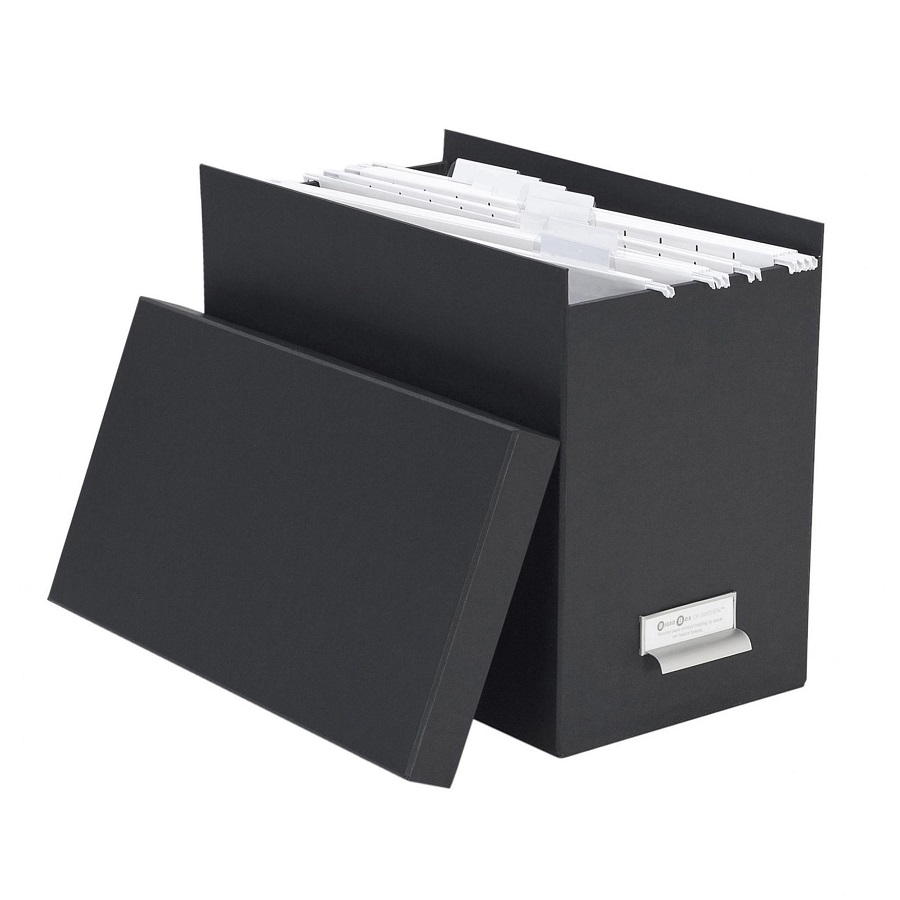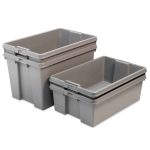Introduction
In the digital age, it’s easy to assume that physical documents have become obsolete. However, many important papers—like birth certificates, tax returns, property deeds, and legal contracts—still require secure and organized storage. A well-chosen storage box can make all the difference in maintaining a clutter-free workspace and ensuring that your vital records are easily accessible when needed. This guide will walk you through the key considerations for selecting the perfect storage file box to suit your organizational needs.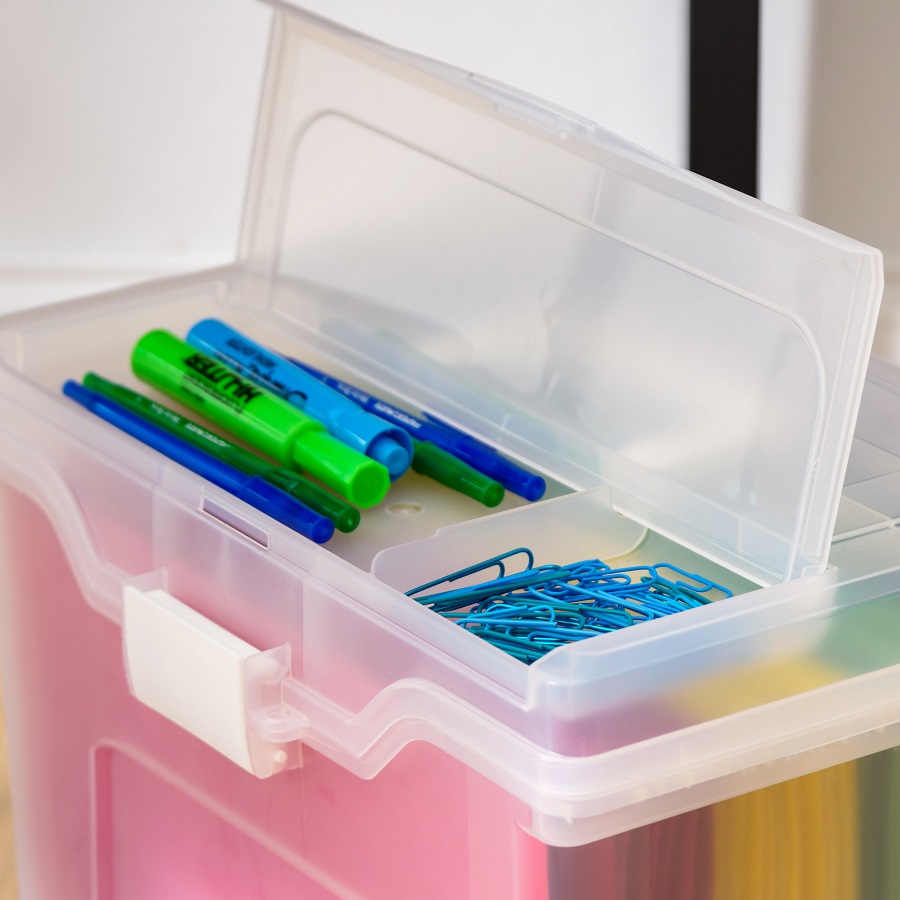
Determine Your Storage Needs
Before diving into the world of file boxes, assess what exactly you need to store. Consider factors like:
- Document Types: Are you storing standard letter-sized papers, legal documents, or a mix of sizes?
- Volume: How many documents do you have? This will help determine the size and number of boxes required.
- Frequency of Access: Do you need frequent access to these documents, or are they archival items you’ll rarely touch?
Choose the Right Material
Storage file boxes come in various materials, each with its own advantages:
- Plastic: Durable and moisture-resistant, ideal for long-term storage in areas prone to humidity or potential water damage.
- Cardboard: Cost-effective and lightweight, suitable for temporary storage or documents you’ll need to access soon.
- Metal: Sturdy and secure, often used for high-security storage but can be heavy and expensive.
- Fabric: Collapsible and portable, great for home offices where space is limited.
Size and Capacity
Ensure the box dimensions align with your document sizes and storage volume. Look for boxes designed specifically for letter or legal-sized papers if those are your primary needs. Additionally, consider boxes with adjustable dividers to accommodate varying document thicknesses.
Security Features
If you’re storing sensitive information, security should be a top priority. Some file boxes come with locks or are made from tamper-evident materials. For added safety, consider fireproof or waterproof options for documents that cannot be replaced.
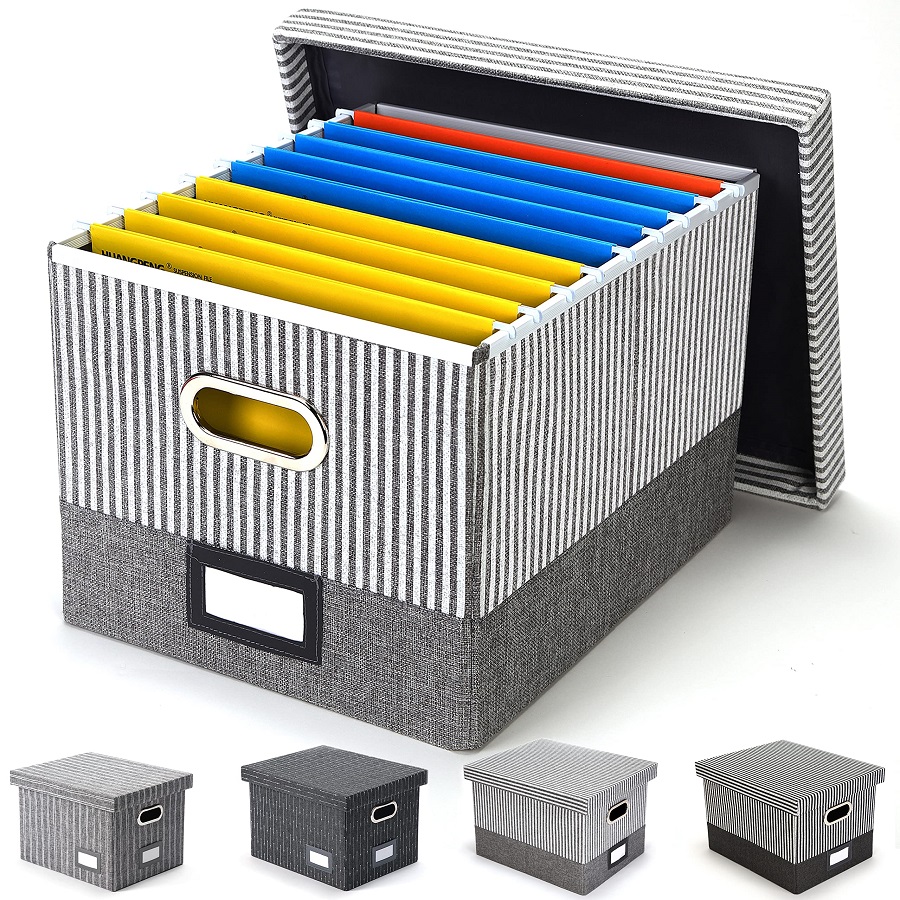 Portability and Accessibility
Portability and Accessibility
Think about whether you’ll need to move your file box around frequently. Wheels or handles can make transportation easier. Clear lids or labels allow for quick identification of contents without having to open each box.
Aesthetics
While functionality is paramount, don’t overlook aesthetics, especially if your storage solution will be visible in your home or office. Choose a design that complements your decor and comes in colors or finishes that you find visually pleasing.
Environmental Factors
Opt for eco-friendly materials if sustainability is important to you. Recycled plastic or cardboard boxes are widely available and can be recycled again at the end of their life cycle.
Budget
Set a budget before you start shopping. The cost of file boxes can vary significantly based on material, size, and features. Determine what features are essential versus nice-to-have to make an informed decision within your means.
Explore Additional Features
Some advanced file boxes offer additional features like hanging file systems, built-in drawers, or even scanner compatibility for digitizing documents. Consider if these could enhance your organization system.
Categorize and Prioritize
Before diving into storage solutions, it’s essential to sort through your paperwork and categorize them based on their importance, frequency of access, and legal requirements. This step helps identify which documents need to be easily accessible and which can be stored away. Prioritizing ensures that your most critical files are within reach while less important ones are stored efficiently.
Choose the Right File Boxes
Selecting the right type of storage box is paramount. Consider factors such as durability, size, material, and whether they are designed for stacking. Plastic file boxes are moisture-resistant and durable, making them ideal for long-term storage or areas prone to humidity. Cardboard boxes are cost-effective but less sturdy; they’re better suited for short-term storage or light documents. Clear plastic boxes allow for easy identification of contents without labeling, saving time.
Implement a Color-Coding or Labeling System
A well-organized labeling system speeds up the retrieval process and minimizes confusion. Use color-coded stickers or labels to differentiate between departments, document types, or priority levels. For instance, financial records could be marked in green, HR documents in blue, and so forth. Ensure labels are clear, concise, and placed uniformly for consistency.
Utilize Vertical Space Efficiently
Maximize your office’s vertical space by investing in tall, stackable storage units or shelving systems specifically designed for file boxes. This approach keeps the floor area free for other activities while ensuring all boxes are easily accessible. Remember to leave some clearance space for air circulation and to prevent boxes from toppling over.
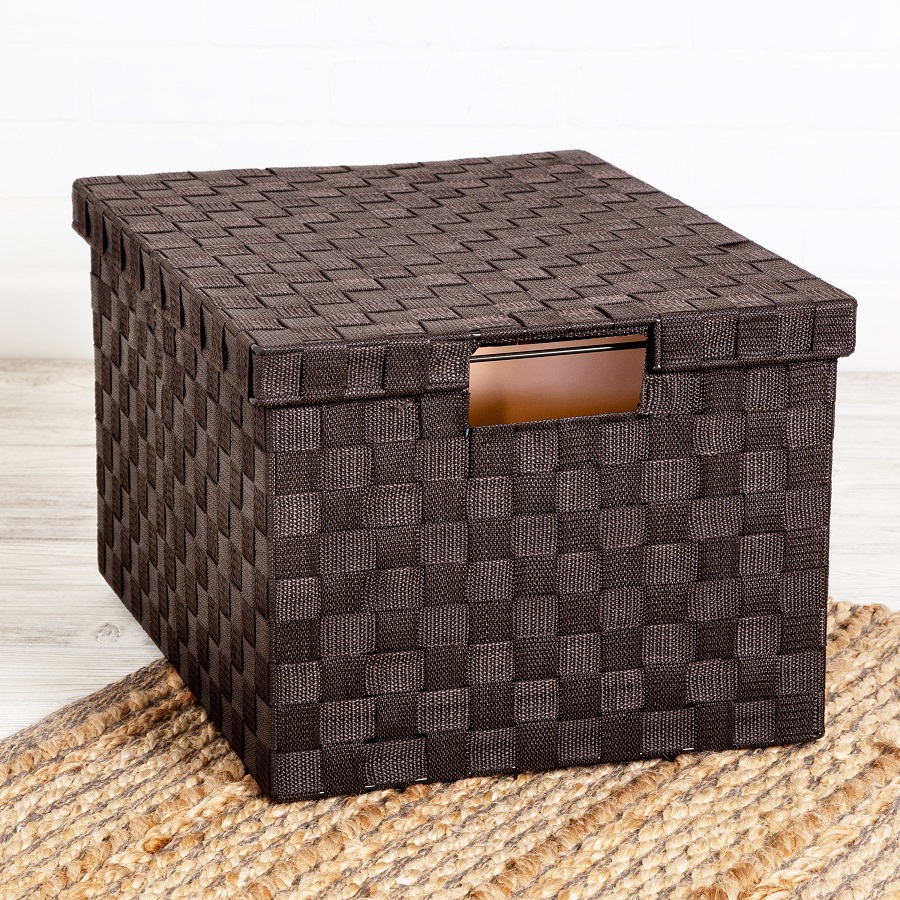 Optimize Box Placement
Optimize Box Placement
Place frequently accessed boxes at eye level or within arm’s reach. Less frequently needed files can be stored higher up or at the bottom of stacks. Consider creating a map or directory of where each category of boxes is located to simplify future searches.
Digitize Where Possible
While the focus here is on physical storage, don’t overlook the benefits of digitization. Scanning and storing important documents electronically can significantly reduce the need for physical storage space. Use cloud-based services or external hard drives for secure and accessible storage. Keep in mind, though, to adhere to data protection regulations when handling sensitive information.
Regular Maintenance and Review
Establish a routine for reviewing and purging outdated or unnecessary paperwork. Regulations often dictate how long certain documents must be kept, so familiarize yourself with these guidelines to avoid unnecessary hoarding. Regular maintenance ensures that your storage system remains efficient and up-to-date.
Invest in Modular Storage Solutions
Modular storage systems offer flexibility as your storage needs evolve. These systems allow you to add or remove components as required, adapting to your changing office space and document volume. They often come with adjustable shelves, drawers, and compartments, making them highly versatile.
IRIS USA Large Drop-Front Shoe Box (Multipurpose Use)
Starting off our list is an unconventional choice that has gained popularity among organizational enthusiasts – the IRIS USA Large Drop-Front Shoe Box. While primarily designed for footwear, these clear, stackable boxes have found a new purpose as versatile file storage solutions. The drop-front opening allows easy access to files without disarranging other boxes, and the transparent design lets you quickly identify contents. They’re not only functional but also add a clean, modern touch to any space.
Bankers Box Staxonsteel Storage File Box
A classic choice for a reason, the Bankers Box Staxonsteel Storage File Box offers durability and security with its double-end, double-bottom construction and steel reinforcement. Its traditional design includes a liftoff lid for easy access and stackability. The box is designed to accommodate letter or legal-size hanging file folders, making it ideal for office settings or extensive document archiving. Available in various colors, it blends functionality with a touch of professionalism.
Sauder Beginnings Storage Chest
For those who prefer a more furniture-like approach to file storage, the Sauder Beginnings Storage Chest offers a stylish solution. With a sleek exterior resembling a small cabinet, this chest features a hinged lid that opens to reveal ample storage space suitable for files, folders, and even small office supplies. Its durable wood composite construction ensures longevity, and the choice of finishes can easily match your existing decor. It’s a great option for blending file storage seamlessly into living spaces.
Conclusion
Choosing the right storage file box is an investment in your peace of mind and productivity. By carefully considering your specific needs, you can select a solution that not only keeps your documents safe and organized, but also fits seamlessly into your work or living space. Remember, organization is not a one-size-fits-all solution, so take the time to assess your unique requirements before making your selection. With the perfect file box in place, you’ll be well-equipped to manage your paperwork efficiently, leaving you more time to focus on what truly matters.
